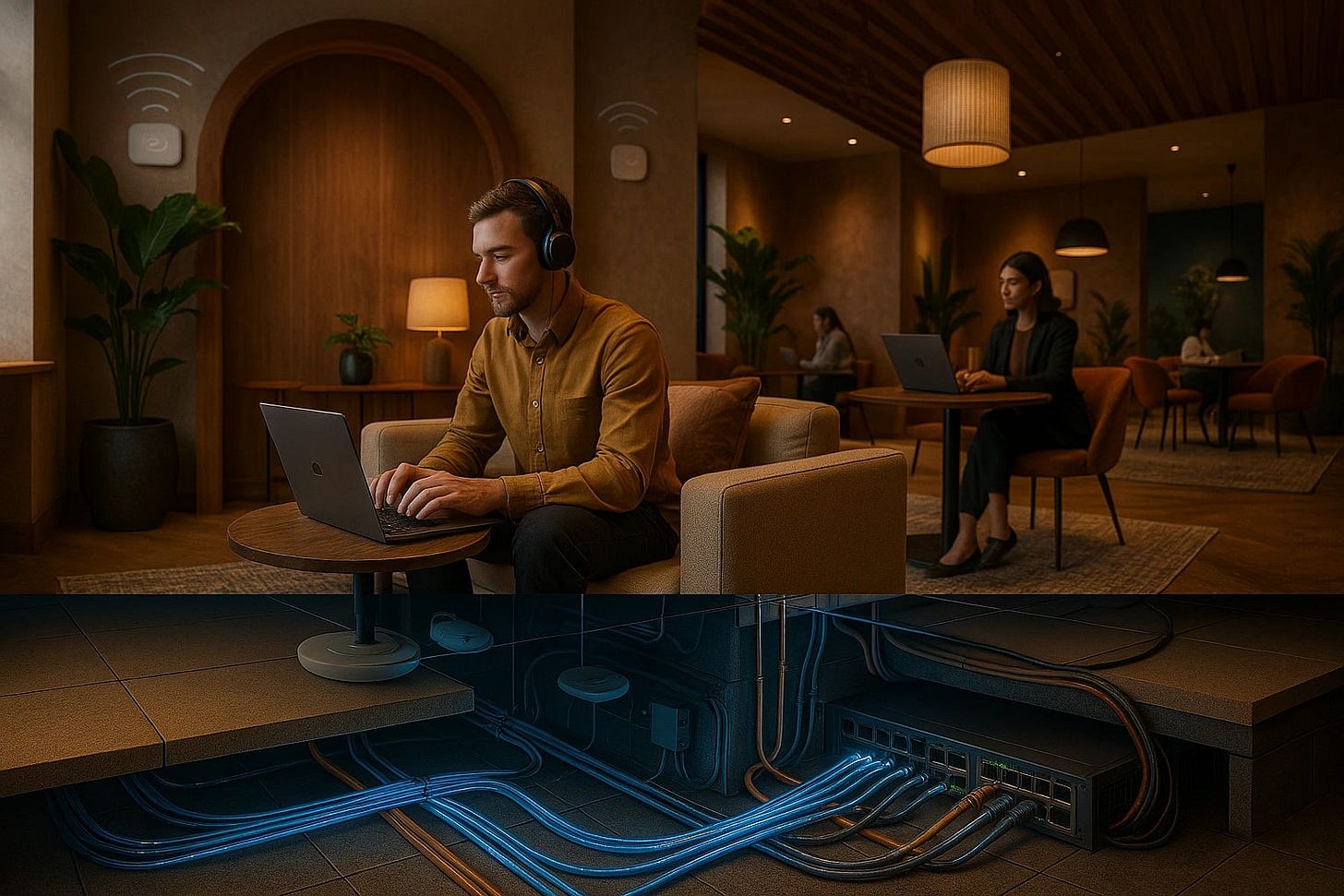How many seams does it take to make things “seamless”?
Last week I spoke about the importance of digitised visitor management, but without resilient connectivity in a space how would that system, and many others, function?
As you sit at your desk, whether that be in a coworking space, a private office, your own home, or even a coffee shop, pause for a moment and consider the tech backbone quietly working awa…
Keep reading with a 7-day free trial
Subscribe to Brave Ideas to keep reading this post and get 7 days of free access to the full post archives.



